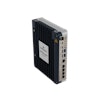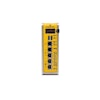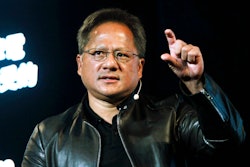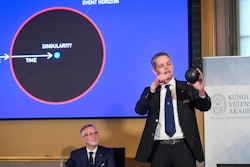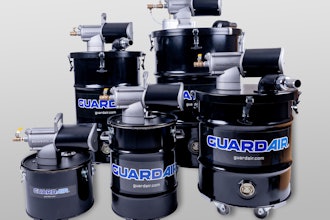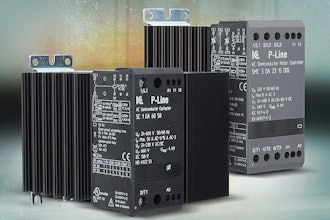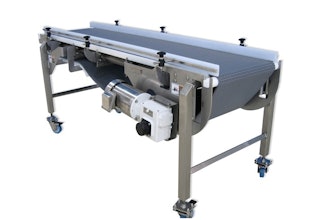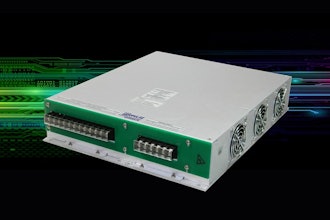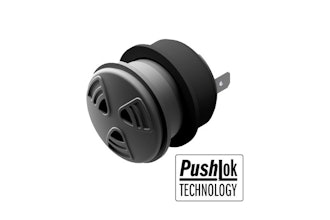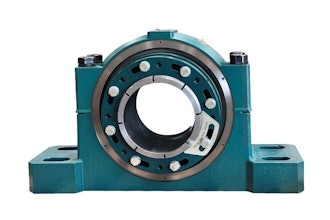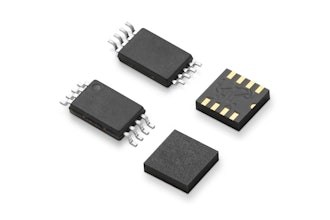Based in Kirkwood, NY, Trinic designs and manufactures materials. Specifically, the company specializes in glass fiber reinforced concrete (GFRC) and ultra-high performance concrete (UHPC) that enable some incredible concrete structures, everything from wall cladding and concrete countertops to furniture.
What initially drew me to the company was a simple video of a group of guys making a warped concrete chair. They made the interesting postmodern piece by doing little more than laying a slab of glass fiber reinforced concrete over a simple wooden form. The concrete is self-leveling and self-compacting, so they poured it, leveled, and after it settled for 15-20 minutes, they laid it over the form. The material has to sit for two hours before it can be pulled, though it can sit for longer.
Mark Celebuski is a partner at Trinic. He recently discussed the world of concrete forms, including specialty carving concrete used to create faux rocks and boulders, decorative wall cladding, and even fake concrete wood.
Trinic makes the materials at a blending plant in Binghamton, NY, about 15 minutes away from its headquarters. The company has an expanding base of clients that use it's materials to create forms in more than 40 countries worldwide. The company has about 2,000 clients in the concrete countertops and furniture business and another 30 that do wall cladding in the U.S.
What makes these materials unique is that these blends can create thin structures that are only 1/2" to 3/4" thick, but have strengths from 10,000 to 20,000 PSI. For example, Celebuski says you can give an 8' x 4', 1-inch thick mantle five good swings with a hammer or maul before it starts to give.
Before the COVID pandemic shutdown gatherings, Trinic would offer free classes and training. Each class would have a different theme, for example, how to make concrete furniture. The courses provided hands-on experience, and one lucky attendee would take home a one-of-a-kind piece of furniture.
About eight years ago, Celebulski started holding free classes around the United States. He had about 20 students per class, with skill levels that ranged from industry pros to garage hobbyists. He just wanted to get the word out on the technology. He says that when he first started in this business, everything was a big secret. He figured, let's train our customers and show people how to make 20,000 PSI concretes. "We were material makers, so why not teach them how to use our materials," he adds.
While concrete countertops and furniture is a decent market, Celebulski says the U.S.'s emerging industry is concrete cladding. Right now, companies are shipping cladding in from Europe, a practice he calls "inexcusable." He says, "It should, and will, be here in the U.S."
But next, Trinic is working with a 3D printing company on an ultra-high performance concrete mix that can be 3D-printed. While we've seen various 3D-printed concrete structures in the past, Celebulski says that no hurricane would ever bring down these potential 3D printed homes. Attaining a similar strength but without a steel structure.
While his classes remain shut down, Celebulski still hopes to restart some training sessions this fall. It's necessary because, as he says, "we invent things, but people need to touch it to understand it."


